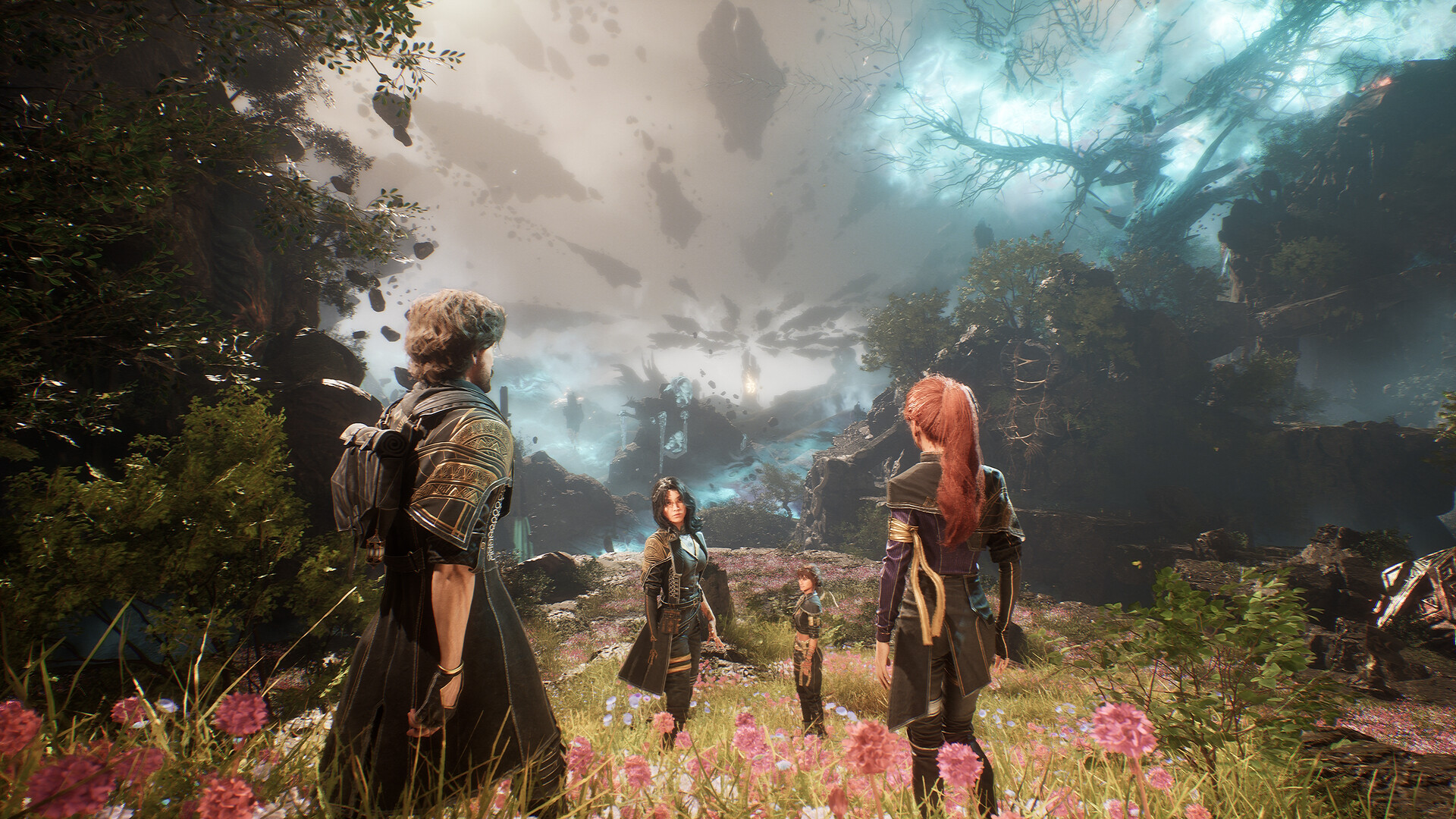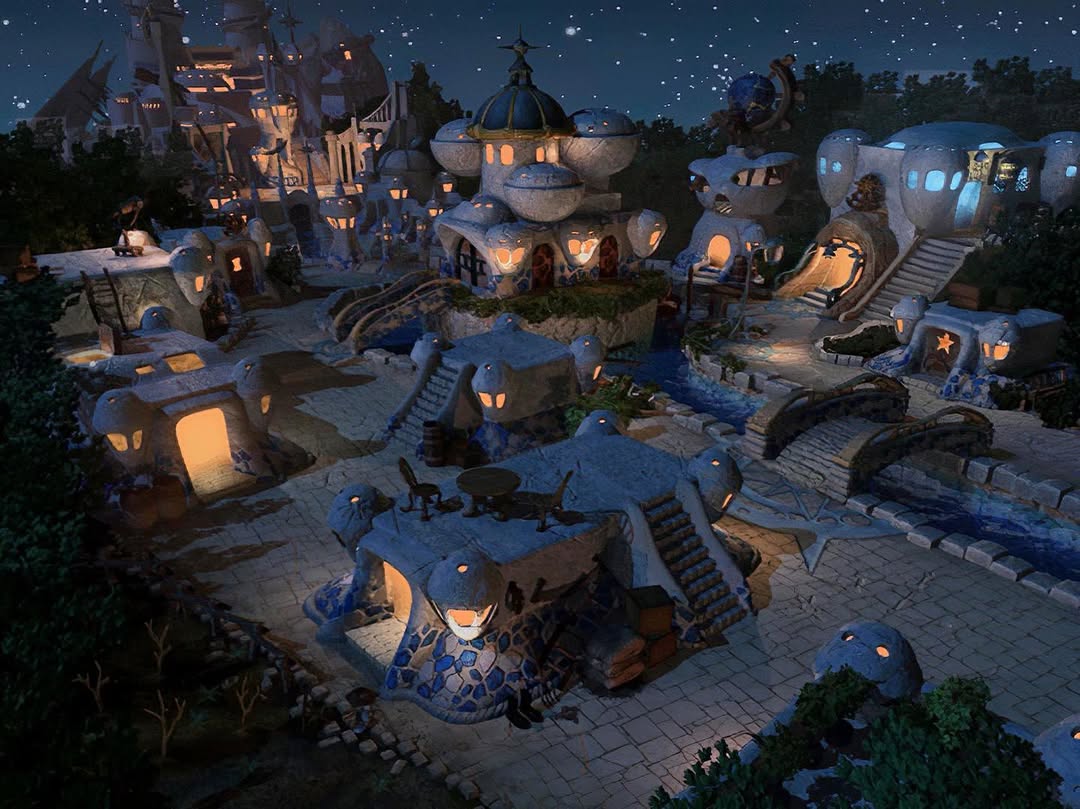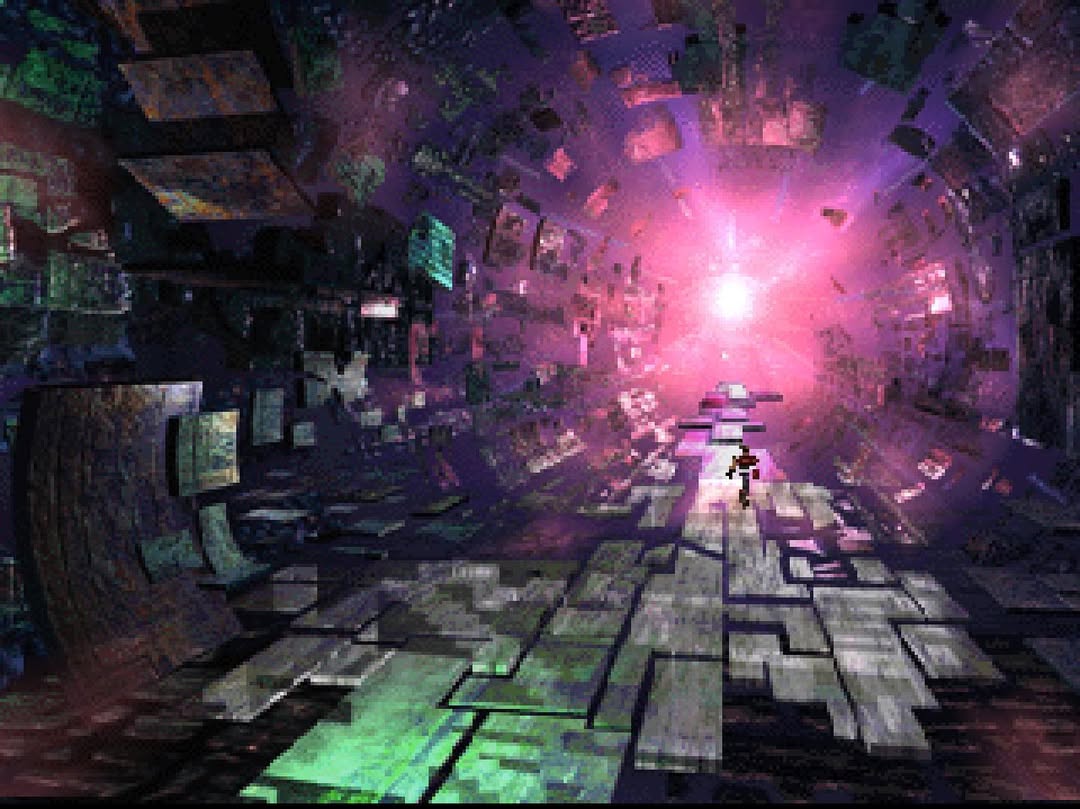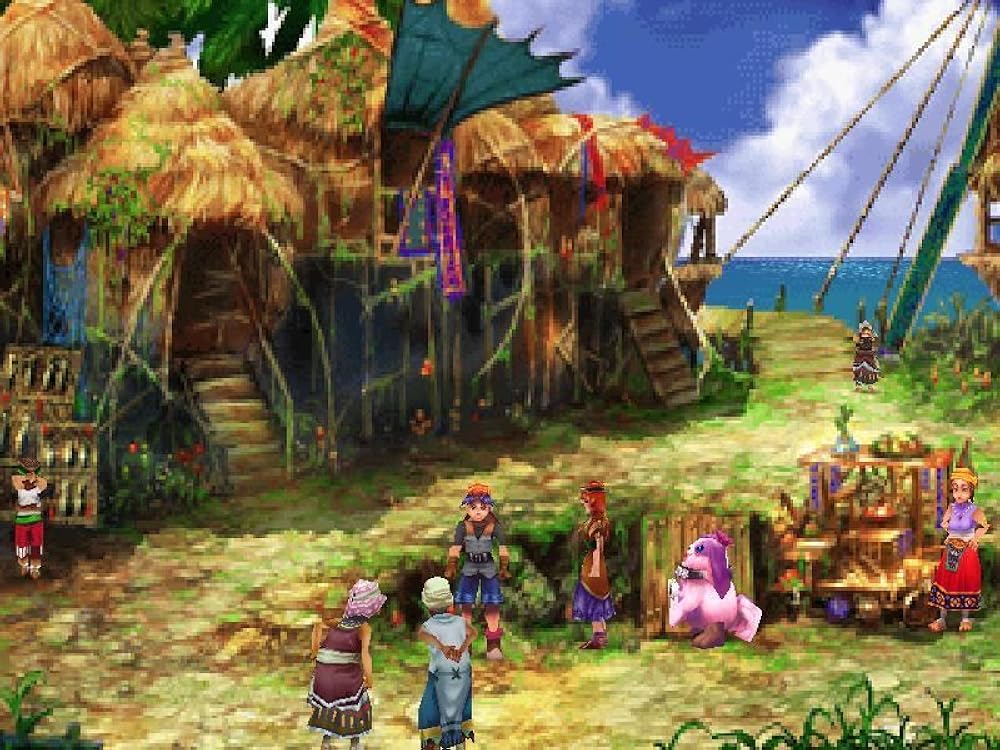Nostalgia Gaming: Why Pre-Rendered Backgrounds are Timeless
These timeless gaming environments are still a hit to this day!
October 07, 2025 / by JR Carag / 3 mins read
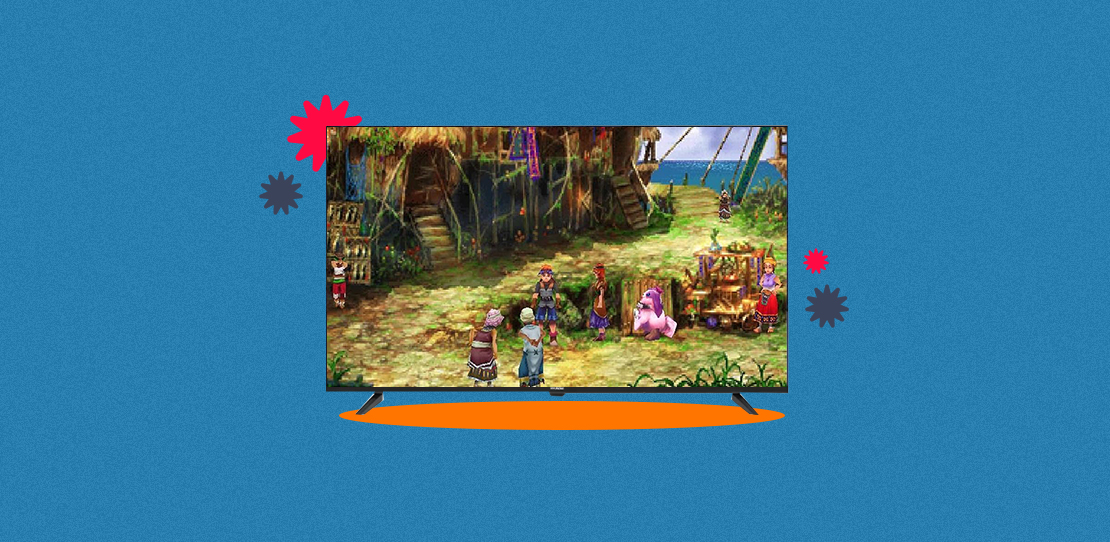
From expedition33.com
When Clair Obscur: Expedition 33 hit the scene, it captured the hearts and minds of many RPG oldheads. While modern RPGs opt for sprawling open worlds and real-time combat, Clair Obscur: Expedition 33 is a turn-based RPG that felt like it could’ve lived on a PlayStation 1 disc. The 3D environments are stunning by modern standards, but they also evoke something older—something familiar.
If you ever got lost in the painted corridors of Final Fantasy VIII or wandered the cobblestone streets of Legend of Dragoon, you’ll know exactly what we mean. These games didn’t rely on dynamic cameras or real-time rendering to immerse you.
From Instagram/@gamer.museum
Their magic came from something simpler—and arguably more artistic: the pre-rendered background. Let’s take a look at why those static, beautifully composed scenes still hold a powerful place in our memories—and why now might be the best time to revisit them on a modern screen. Preferably something like the Hyundai 65" LED TV, available on the Next Upgrade Shop.
The Charm of Hyper-Detail
Pre-rendered backgrounds weren’t just about aesthetics—they were an ingenious workaround for hardware limitations. Developers rendered these environments offline, creating static but incredibly detailed scenes that looked leagues ahead of what real-time 3D could offer back then. The result? Environments like Final Fantasy IX’s Alexandria felt grand, textured, and alive—despite never actually moving.
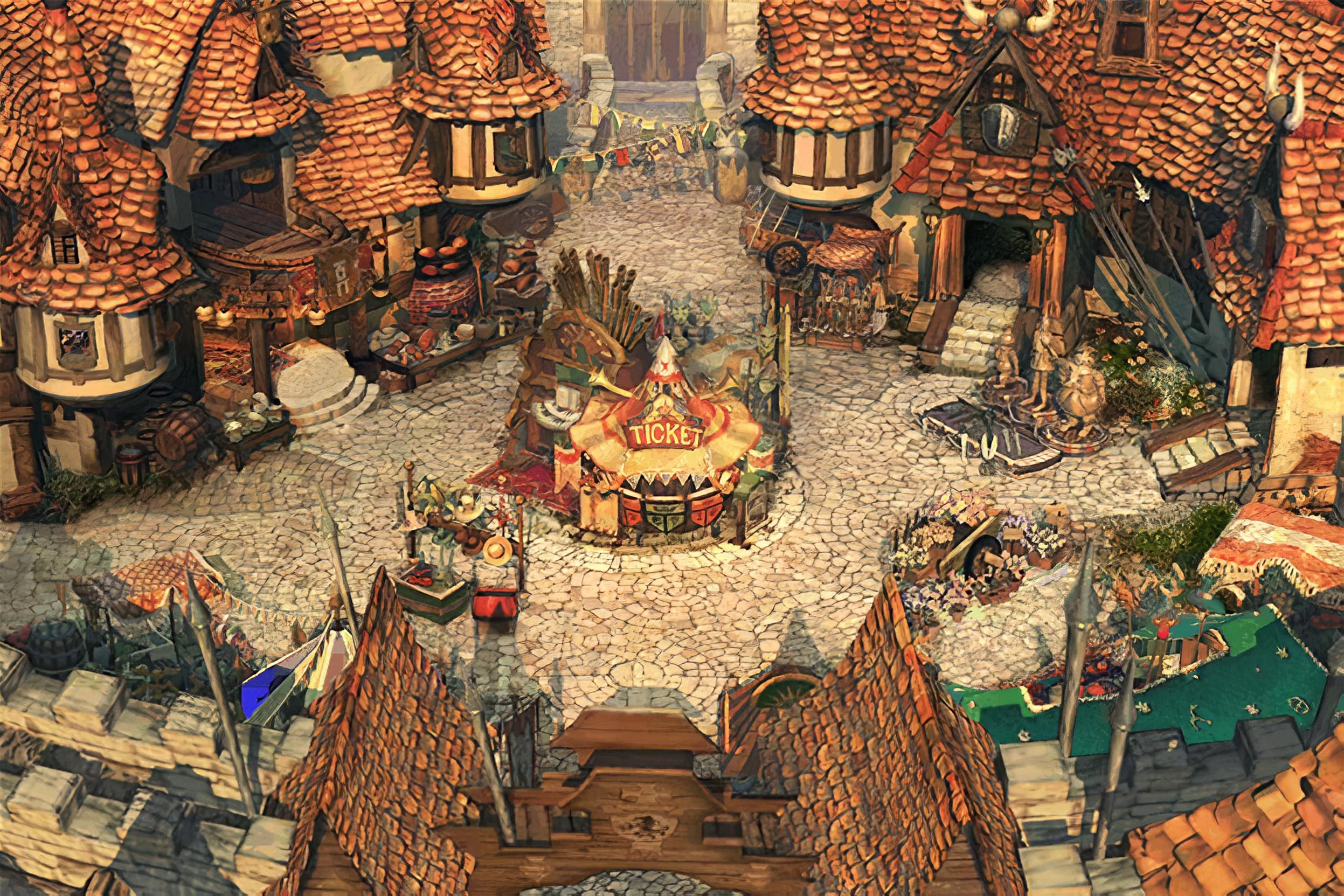
From Reddit/u/snouz
These weren’t just settings; they were storybook pages you could explore. Even today, there's a richness to them that modern games sometimes miss. With all the tools we have now, it's easy to forget how powerful artistry and composition can be when they're working within smart constraints.
Let the Game Frame the Shot
From Instagram/@gamer.museum
One of the most overlooked strengths of pre-rendered games? Their camera work. Unlike modern titles where the player controls the view, these games handed the reins to the developers, who used that control to dramatic effect. A wide shot of a marketplace. A tight angle on a narrow stairwell. A long hallway that builds tension with every step. It’s cinematic without trying too hard. In turn-based RPGs, where the pace is naturally slower, this style adds gravitas and intention to every location. It’s like being dropped into a beautifully curated diorama—where everything is framed just right.
Preserved Beauty That Still Holds Up
From IMDB
Let’s be honest: not all early 3D graphics aged well. But pre-rendered backgrounds? They aged like vintage postcards. Because they weren’t rendered in real time, they sidestepped the blocky awkwardness of polygonal landscapes. Instead, they captured timeless detail and artistic flourish. Chrono Cross, for example, still looks dreamy—its use of color and texture wouldn’t feel out of place in an animated film. These static scenes manage to be both technically dated and emotionally evergreen. They hold up because they weren’t chasing realism—they were chasing atmosphere.
Level-Up Your Nostalgia Nights with Next Upgrade Shop
Ready to relive your favorite turn-based adventures? Make them look better than ever on the Hyundai 65" LED TV—available now at the Next Upgrade Shop.
